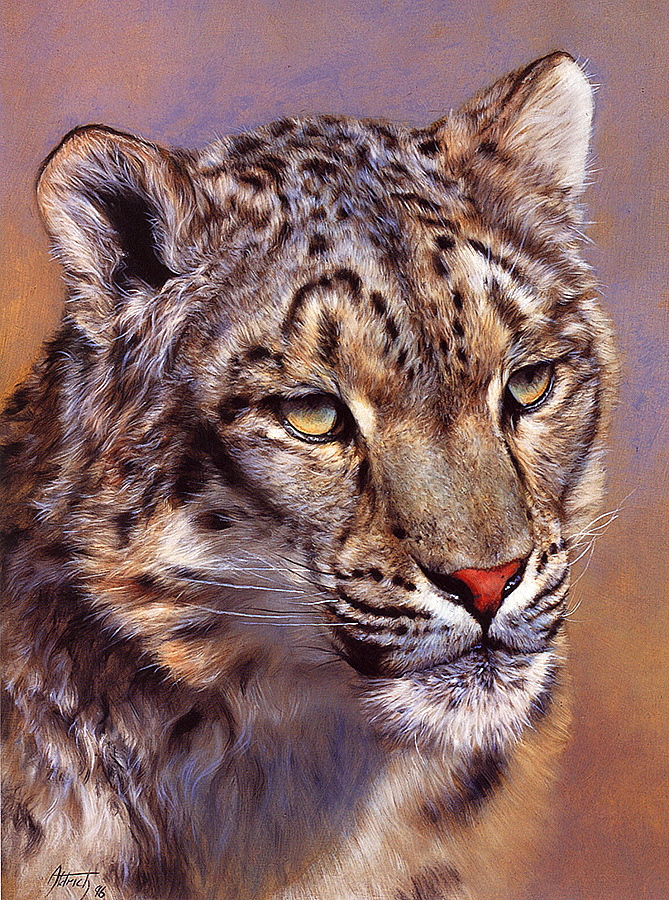|
| Query: Leopard | Result: 1313th of 1434 | |
[LRS Art Medley] Edward Aldrich, Snow Leopard Portrait
| Subject: | [LRS Art Medley] Edward Aldrich, Snow Leopard Portrait
| |

| Resolution: 669x900
File Size: 666115 Bytes
Upload Date: 2005:04:19 09:48:13
|
ERROR : Server Busy(-1105)
ERROR : Server Busy(-1105)
[LRS Art Medley] Edward Aldrich, Snow Leopard Portrait |
^o^
Animal Pictures Archive for smart phones
^o^
|
|